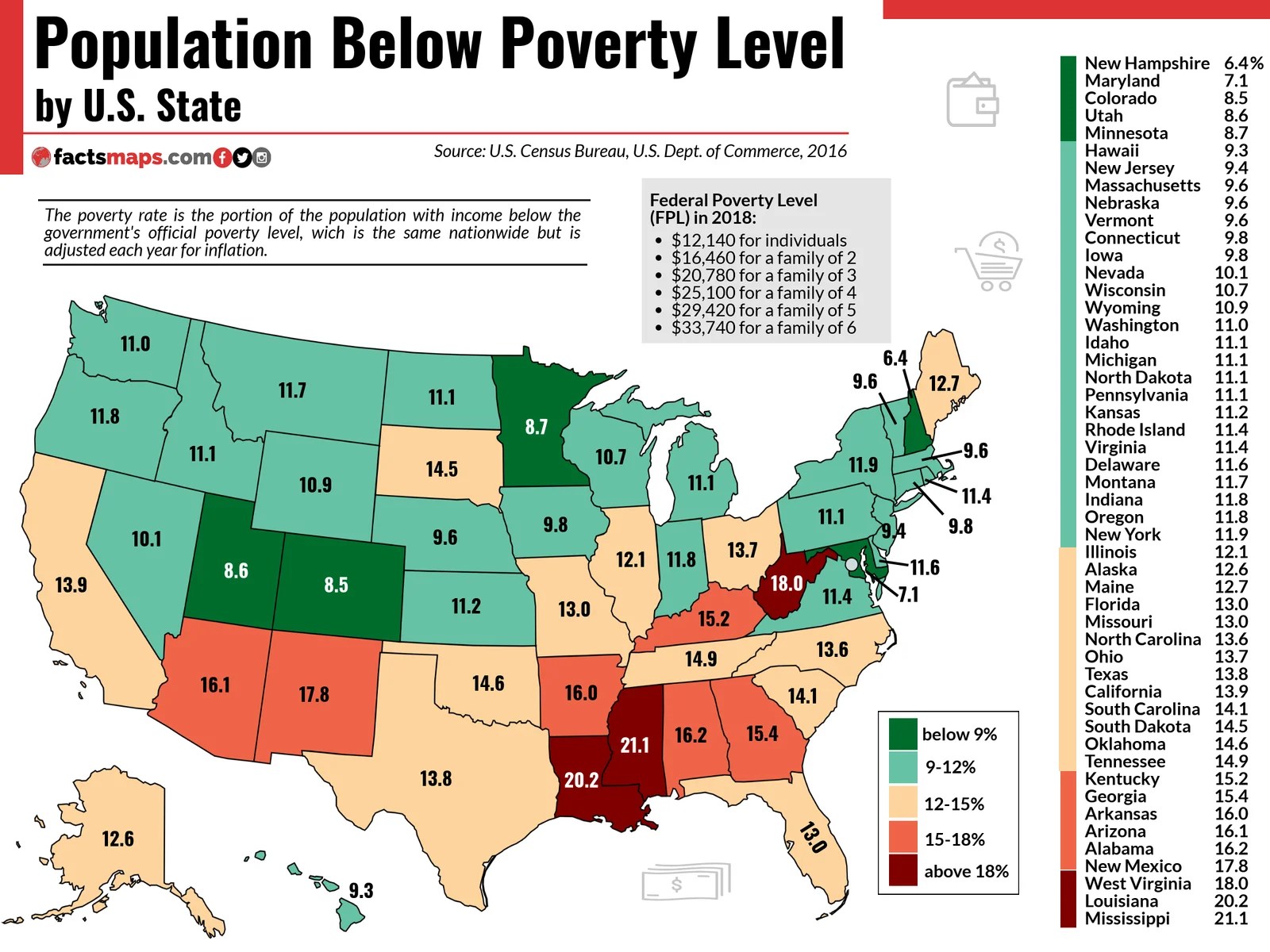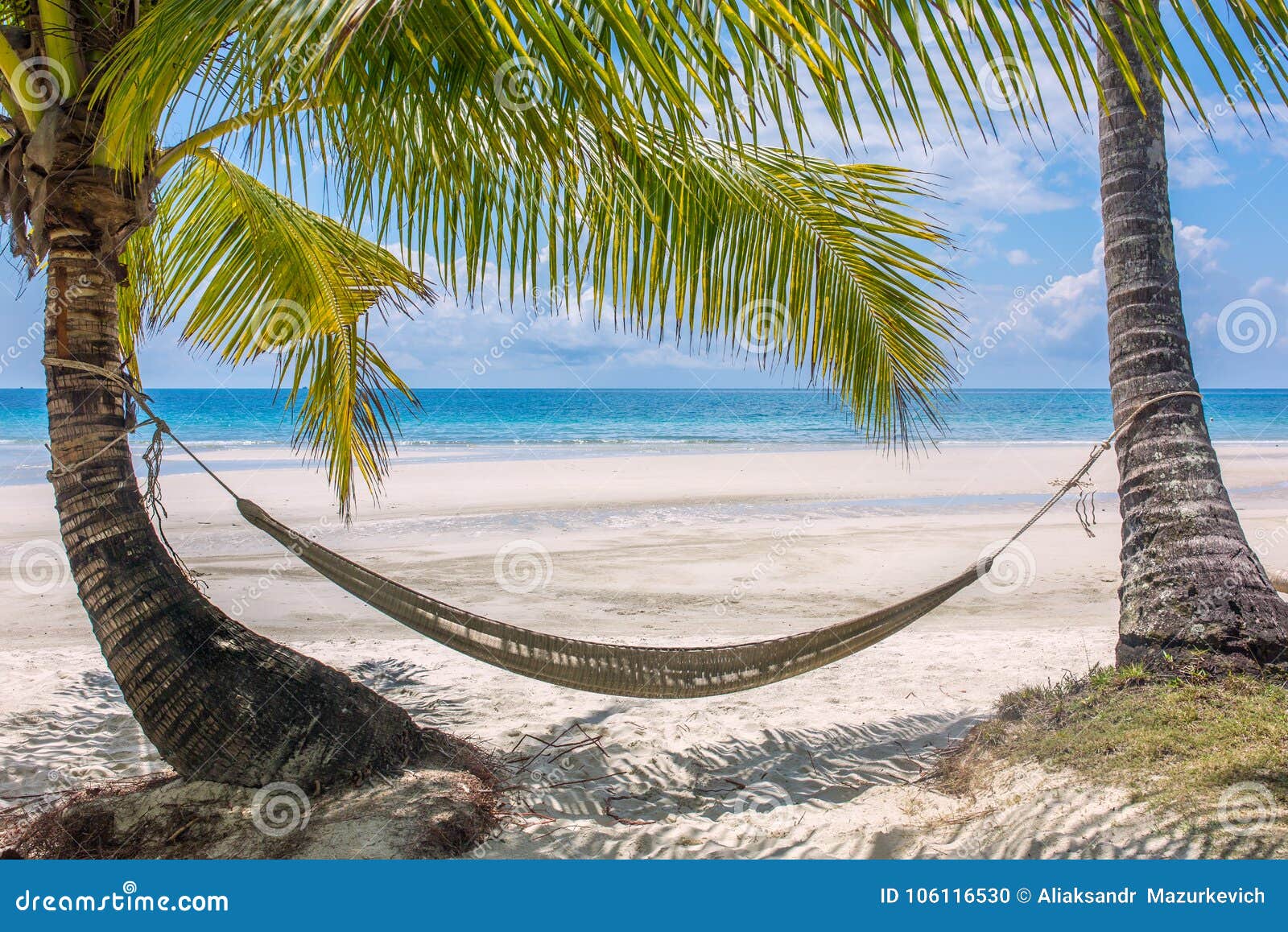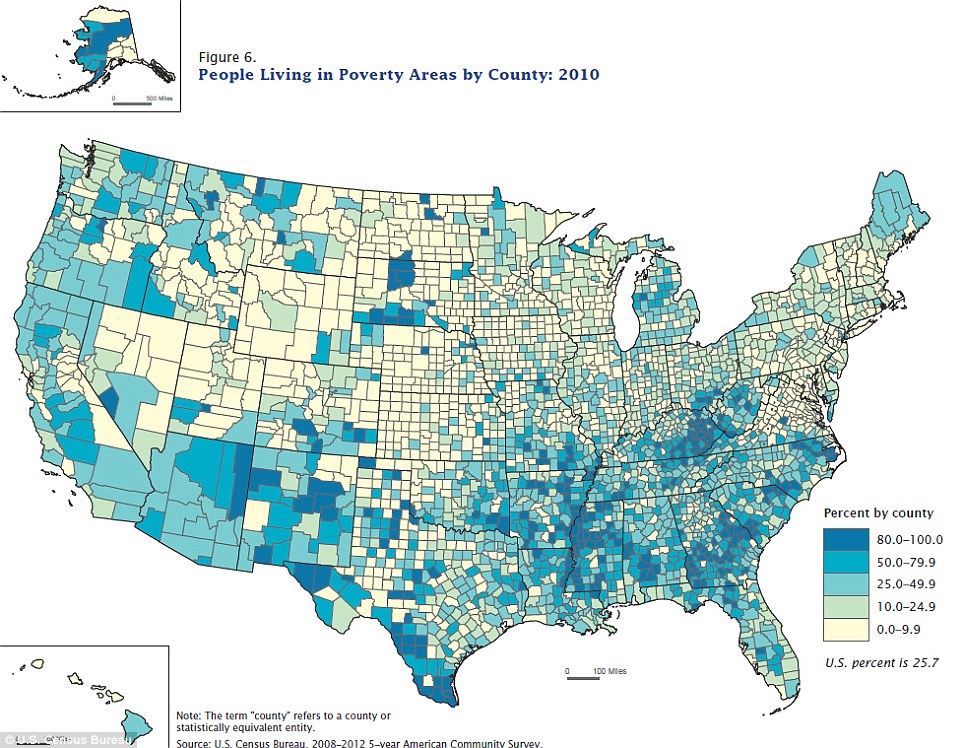See how people get poorer as you go down in latitude, from the northern states to the southern ones. Keep going, and one sees how people do in countries near the equator.
Yeah, those Canadians are just rolling in dough, eh?
(Well, some Vancouverites are, I guess.)





